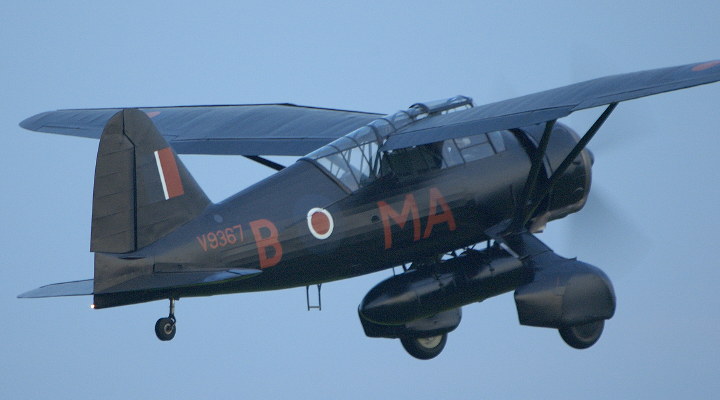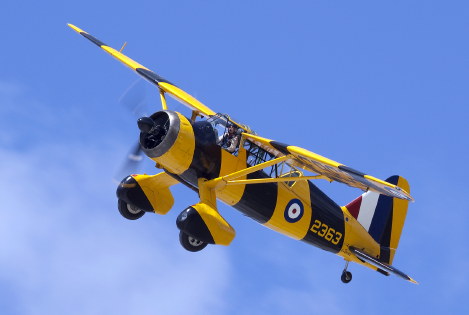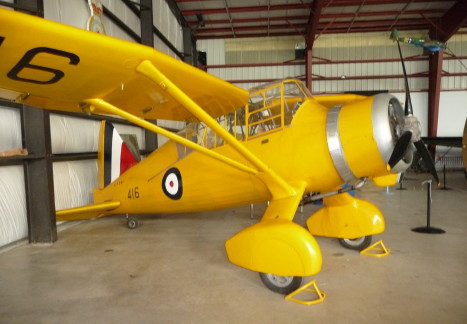 BCATP
BCATP  |
Lancaster
|
Media
|
Lancaster
|
Media
 BCATP
BCATP  |
Lancaster
|
Media
|
Lancaster
|
Media
Museum Collections
Aircraft in the Collection
Aircraft of the BCATP
Designed as an army co-operation aircraft, the Lysander first flew in 1936. During the spring of 1940, Lysander squadrons fought in Belgium and France. It soon became apparent that the concept of the slow army co-op aircraft was outdated. Almost half were lost and the type was quickly withdrawn. Back in England, some flew air-sea rescue operations, dropping dinghies to downed aircrew.

However, soon the aircraft found it's true element. With excellent short and rough field performance, the Lysander could insert and remove agents from enemy occupied areas and retrieve Allied aircrew who had been shot down and had evaded capture. For this role, they were fitted with a fixed ladder over the port side to hasten access to the rear cockpit and a large drop tank under the belly. In order to slip in unobtrusively, the Lysanders were painted matt black, and operations were often planned for moonless nights.
225 Lysanders were built in Canada by National Steel Car of Toronto. Many were painted in distinctive yellow and black stripes and used primarily as target drone tugs at Bombing and Gunnery schools of the BCATP.
|
 [ Photo courtesy Dave Cheeseman] |

|
On permanent loan from the Alberta Aviation Museum in Edmonton, this 2/3 scale replica was built by Fenton MacHardy, who taught aeronautics at the Northern Alberta Institute of Technology in Edmonton. It was flown a few times, accumulating three hours of air time before being retired. The engine is a LeBlond radial designed in the 1930's. |
|
Engine: Wingspan: Length: Weight (gross): Weight (empty): Maximum speed: Cruising speed: Climb rate: Range: Ceiling |
870 hp Bristol Mercury XX nine-cylinder radial 50' 0" (15.24 m) 30' 6" (9.3 m) 6318 lbs (2866 kg) 4365 lbs (1980 kg) 212 mph (341 kph) 170 mph (274 kph) 1410 ft/min (432 m/min) 600 miles (966 km) 14,600' (4,450 m) |